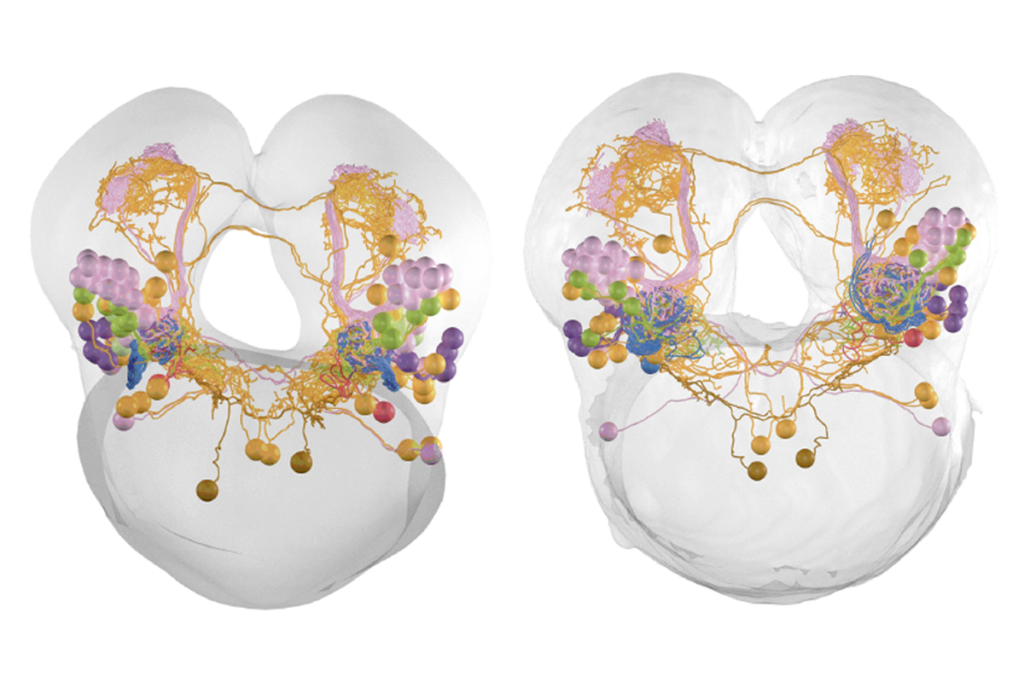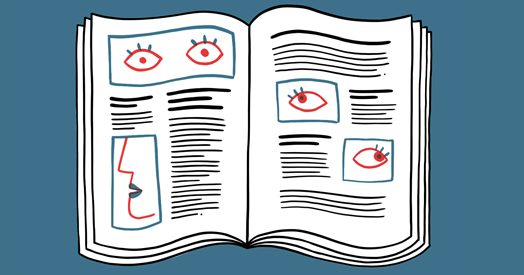Bloated brains lay bare delicate branches of neurons
A technique that expands brain tissue by filling it with water lets researchers capture detailed images of fine cellular structures.
Editor’s Note
This article was originally published 14 November 2016, based on preliminary data presented at the 2016 Society for Neuroscience annual meeting in San Diego. We have updated the article by adding a new image, following publication of the findings 17 April in Nature Methods1.
A technique that expands brain tissue to 20 times its original size lets researchers glimpse components of neurons at fine resolution. Researchers presented the unpublished method yesterday at the 2016 Society for Neuroscience annual meeting in San Diego.
Traditional approaches for capturing detailed images of neurons require high-powered microscopes. But even the best microscope is limited by its lens.
To push the technique’s limits, researchers have developed a method that expands brain tissue without disrupting its cellular makeup. The technique, called expansion microscopy, involves embedding the tissue inside the water-absorbing gel found in disposable diapers.
An early version of the tool could stretch tissue to 4.5 times its original size, revealing cellular structures at 70-nanometer resolution. Last year, the researchers used the technique to stretch tissue and label individual RNAs — the blueprints for protein production. They presented those results at last year’s Society for Neuroscience annual meeting.
In the new work, the researchers tweaked the protocol to get 20-nanometer resolution. This allowed them to visualize neurons’ signal-receiving branches, called dendrites, and slender projections, called axons, in exquisite detail.
“We can start to really resolve very fine features, like parts of dendritic spines and axons,” says lead investigator Ed Boyden, professor of biological engineering and brain and cognitive sciences at the Massachusetts Institute of Technology in Cambridge, Massachusetts.
Stretching limits:
Like traditional microscopy, the new technique requires the use of fluorescent labels to light up specific cellular structures. Right now, this process begins in unexpanded tissue. Boyden and his team are trying to modify the technique so that they can stain the tissue after expanding it. Once optimized, this method would allow them to zoom in on specific structures, such as synapses, the junctions between neurons.
“If you wanted to deconstruct the proteins at a synapse, you’d want to move the proteins far apart from each other and then label them,” Boyden says.
The researchers are also investigating ways to visualize pieces of expanded tissue in three dimensions. This could allow them to observe brain circuits.
For more reports from the 2016 Society for Neuroscience annual meeting, please click here.
References:
- Chang J.B. et al. Nat. Methods Epub ahead of print (2017) PubMed
Recommended reading
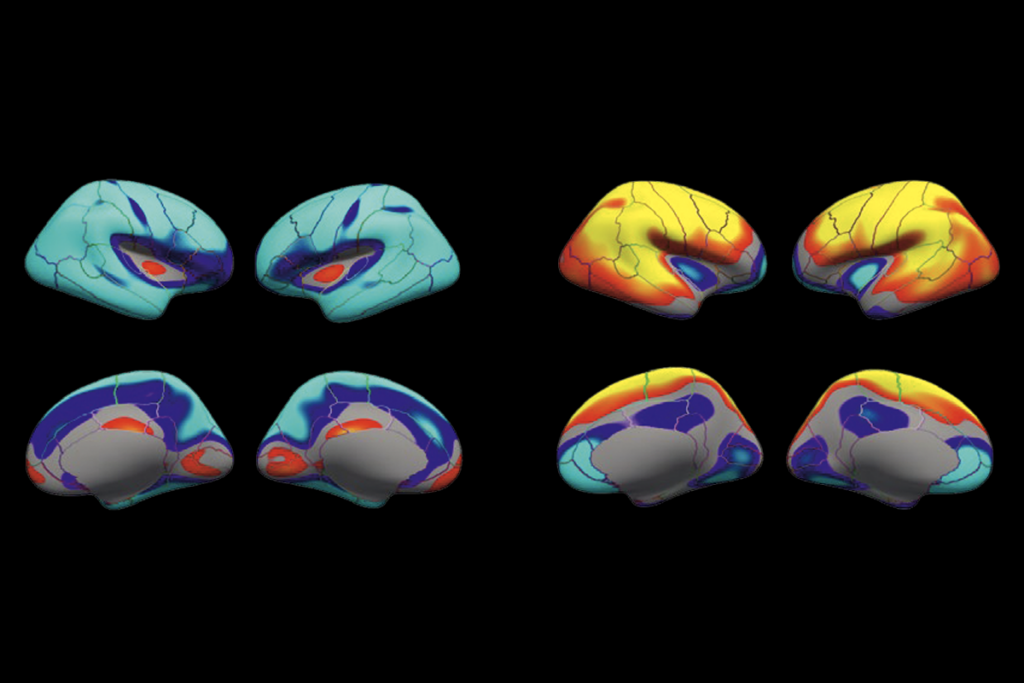
Poor image quality introduces systematic bias into large neuroimaging datasets
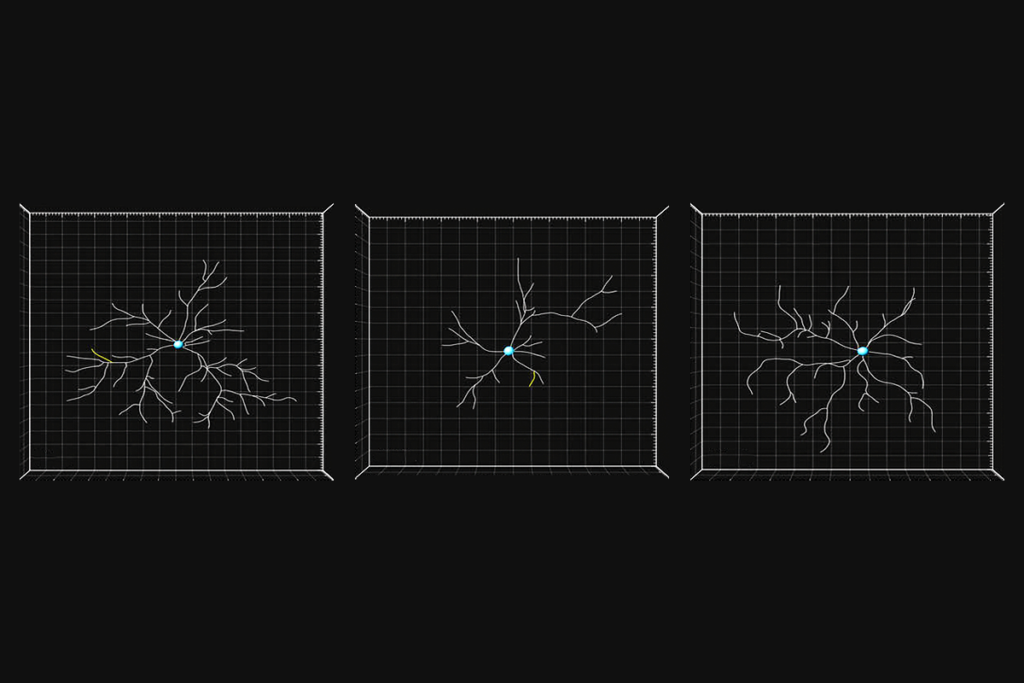
Probing the link between preterm birth and autism; and more
Explore more from The Transmitter
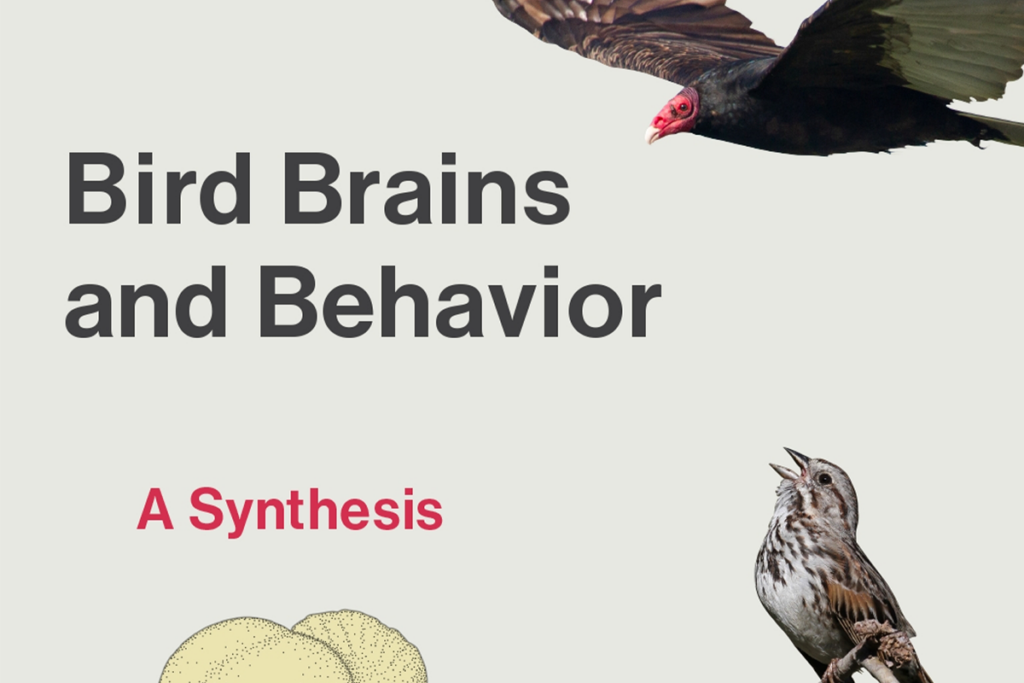
‘Bird Brains and Behavior,’ an excerpt
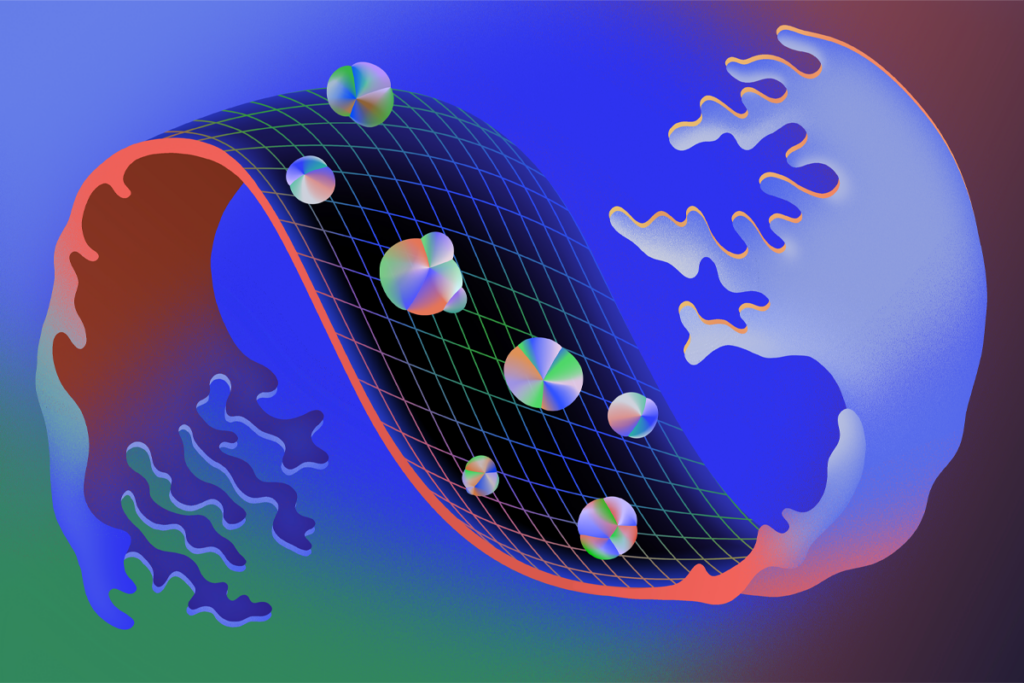
Neural population-based approaches have opened new windows into neural computations and behavior
